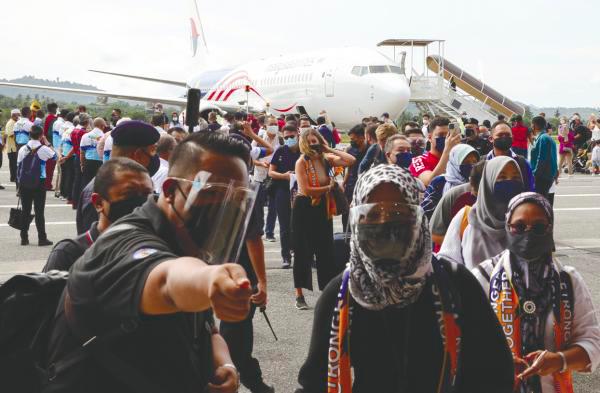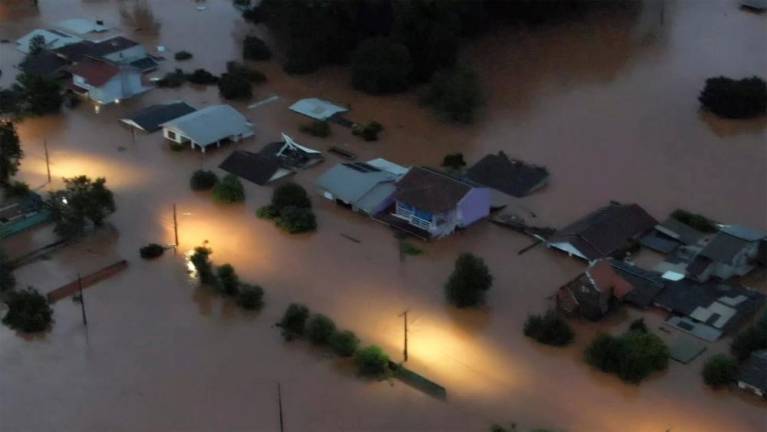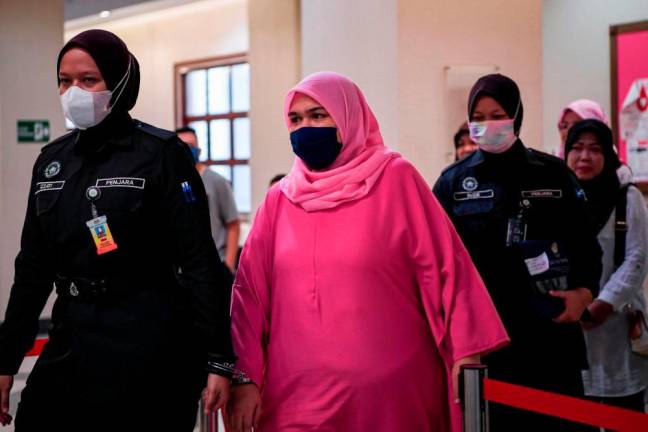AS Malaysia anticipates an increase in tourist arrivals, it is essential not to neglect safety standards in our efforts to boost the tourism industry.
All tour operators should strictly adhere to and enforce safety measures.
The importance of integrating Occupational Safety and Health (OSH) management into the tourism sector cannot be overstated.
OSH management is crucial as it will bring a positive impact on the safety and protection of not only workers but also tourists.
With the Tourism, Arts and Culture Ministry aiming to achieve the target of attracting 18 million tourists this year, the relevance of safety in the tourism industry has intensified. It is necessary to ensure good OSH practices in the tourism industry.
The implementation of OSH in the hospitality industry involves the application of HIRARC (Hazard Identification, Risk Assessment and Risk Control). All workplaces inherently have hazards and risks that require attention.
It is incumbent upon those present in the workplace to identify the hazards and risks, taking necessary safety measures to prevent accidents or fatalities.
Those involved in the tourism industry must take a serious view of the occurrence of accidents and fatalities involving tourists.
While accidents are inevitable, there are various measures that we can adopt to limit their occurrences.
Adopting prudent and safe work practices as an integral part of our culture can contribute to the reduction of accidents.
A meticulous focus on safety should be embedded as a fundamental value for employers and employees.
Safety and health should be integrated into the culture of the industry, and not be accepted as just a priority.
Many resorts, hotels and chalets provide guests with outdoor activities, such as mountain climbing, hiking, scuba diving, snorkelling, water rafting, flying fox, bungee jumping and many more. These activities involve technical and high risks. Stringent SOPs (Standard Operating Procedures) must be followed.
Emergency response teams and first aiders must be thoroughly prepared for any emergency.
Tour guides, too, face various occupational health and safety risks, including physical, biological or psychosocial hazards, that can cause serious threats to their well-being. For example, tour guides often work long hours, and prolonged working hours are associated with certain disorders.
Coach drivers must be safety conscious, refraining from driving when they lack sleep and rest.
Similarly, substantial physical workloads or poor ergonomics, such as prolonged sitting in vehicles, can result in injuries and musculoskeletal disorders.
Taking into account these factors, the adoption and implementation of OSH for the tourism industry is vital.
Tan Sri Lee Lam Thye
Chairman
Alliance for a Safe Community










